This is a free fortnightly newsletter about the New Zealand Net, which meets daily at 2100 NZT on 3535 kHz (winter) or 7030 kHz (summer).
If you would like to be notified by email when a new edition is published, please subscribe here.
Browse our Newsletter Archive and List of Net Tips.
Featured key
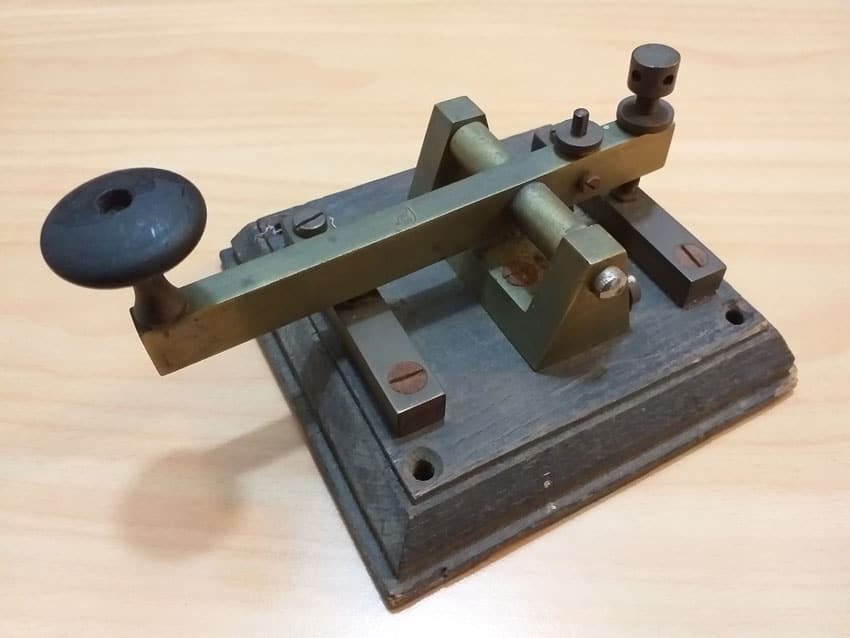
Photo: ZL1NZ
By Neil ZL1NZ
The SINUS telegraph key is a big and solid workhorse from the days of landline telegraph systems.
One of its interesting features is the two-part knob. Although the top of the knob is insulated, the spindle is metallic – and very dainty in appearance.
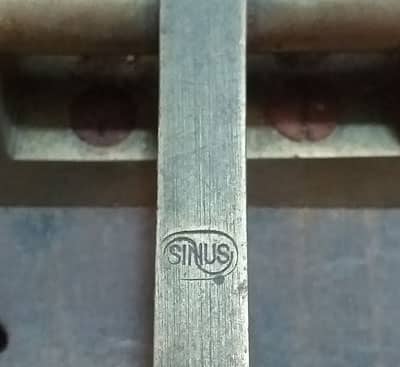 Herman VK2IXV comments: “SINUS was the brand name of Firma Ridderhof & Van Dijk, a “radio-apparaten fabriek” (radio devices factory) in the Dutch township of Zeist from the early 1920s to 1939. They made mainly broadcast receivers. SINUS was one of their many models. They also made other radio equipment, including two models of SINUS Morse code keys, i.e. the one shown here and another being a soundless key, using leaf springs instead of stationary contacts. This muted the key clicks, which drastically reduced the noise level in a busy telegraph room.”
Herman VK2IXV comments: “SINUS was the brand name of Firma Ridderhof & Van Dijk, a “radio-apparaten fabriek” (radio devices factory) in the Dutch township of Zeist from the early 1920s to 1939. They made mainly broadcast receivers. SINUS was one of their many models. They also made other radio equipment, including two models of SINUS Morse code keys, i.e. the one shown here and another being a soundless key, using leaf springs instead of stationary contacts. This muted the key clicks, which drastically reduced the noise level in a busy telegraph room.”
Herman’s comment about the soundless key is well-taken. The key pictured here has a very loud click (I quite like that) which I suppose is due to the sheer mass of its components.
I used this key during last month’s Straight Key Night (see video below).
There is more information on Dutch keys at the website of Jan van Ooijen PA3EGH. Jan became a Silent Key last year, but his website is being maintained by others.
* If you have an interesting key for this feature, please send a nice clear photo and a few words describing it.
Quick notes
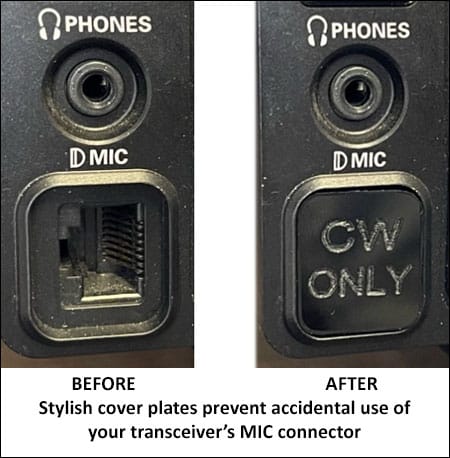
A monthly Morse Code Forum is being launched by FISTS Downunder. The sessions will be on Zoom on the 3rd Monday of each month. The first is on Monday 20 January 2025 at 0800 UTC. (NZ Net members will have to log in late, unless they are good at multi-tasking!) Login information is contained in a recent email that all FDU members should have received.
GB1GKA is a special-event callsign commemorating the 100th anniversary of the opening of the Portishead Radio/GKA receiving station in Highbridge, Somerset, on 29 January 1925. Larry Bennet G4HLN, a former GKA R/O, is operating the callsign from his home, near the site. Operation continues until 31 January on 40m – 10m bands. Get details.
Photo flashback
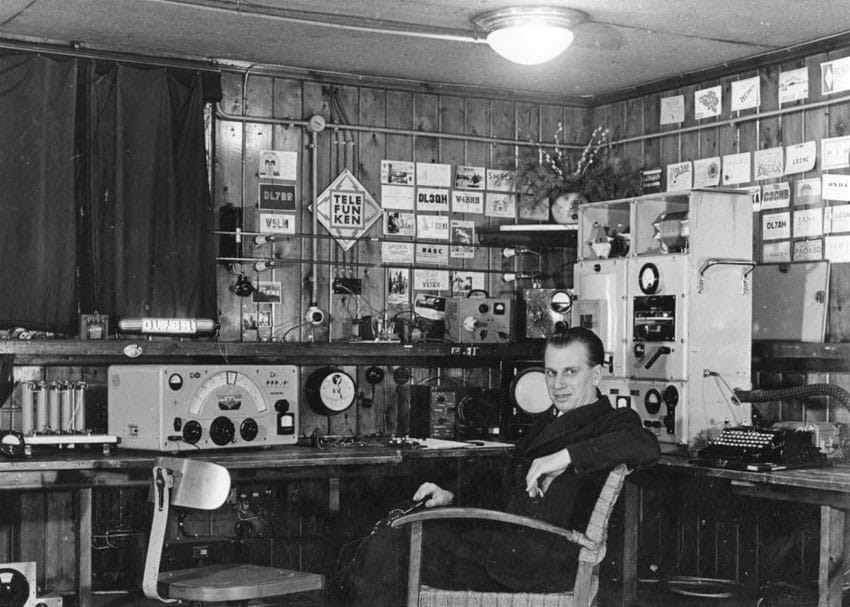
A radio amateur in West Berlin, c1950
ZL4FZ on the Net from holiday location
 By Richard ZL4FZ
By Richard ZL4FZ
While operating portable from our relatives’ bach in Marlborough Sounds during the summer holidays, I have been able to check in to the NZ Net.
My equipment is:
- Elecraft KX2 10W transceiver
- Elecraft AX1 whip antenna
- Jaycar battery bank
- Palm paddles. These are not shown in the photo. The Elecraft paddles are attached to the KX2 – but I managed to fix the wiring fault in the Palm paddles and have used them for the actual QNI.
I was pleased with the signals I could hear on the net with the small radio, but was expecting that the combination of a very short loaded whip and low power may have meant not being heard at all – so the received reports were very heartening.
Actually, the move to 40m from 80m for the summer has helped portable operation on the net. Portable 80m operations are definitely much harder (the radio does it OK but the antenna is much harder/bigger).
Hams help Californians as fires rage
As the firestorms across Southern California continue to threaten millions of residents, trained amateur radio operators are serving critical volunteer roles to help officials spot fires before they get out of control.
Dry conditions and wind gusts of 160 km/h have fueled days of devastating wildfires. Entire neighbourhoods have been leveled by infernos.
The Eaton fire burned to the top of Mount Wilson, a critical logistical post for broadcast radio and television stations, as well as communications across the Southland. Federal agencies, air traffic control, local emergency responders, radio amateurs, and others all share tower space on the mountain.
While the main fires have been burning north and northwest of central Los Angeles, just to the south, hams are standing watch. Orange County Fire Watch (OCFW) is a programme locally organised by the Orange County Parks Department and the Irvine Conservancy.
During severe fire weather, volunteers go to pre-assigned locations within parks and open spaces to report conditions. Many of them are hams, using the amateur radio bands to fill in mobile network weak zones.
ARRL National Instructor Gordon West WB6NOA is among the deployed volunteers. He said hams are stepping up. “We’re all over the ARRL Orange Section on hilltops, reporting the wind and humidity, ash seen coming down, scanning for spot fires (none so far), smoke from the LA fires, guest activity at the parks, and being a presence at trailheads with reflective vests and vehicle signs indicating Fire Watch,” he said.
Ray Hutchinson, AE6H, is a retired firefighter who serves as the chief radio officer for Fire Watch. He says local clubs are key to providing the needed RF infrastructure. “Our local club, the South Orange Amateur Radio Association (SOARA), an ARRL Special Service Club, provides linked 2-metre and 70-centimetre repeaters: one high level and one coastal, for use by OCFW hams during deployments. There is a formal OCFW Net Control Station (NCS) for the entirety of these events,” he said.
Radio amateurs are also ready and able to serve at evacuation centers, providing support as needed.
– ARRL
Celebration of Life of Gerard van Antwerpen ZL2GVA
From the van Antwerpen family
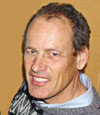 We’d like to invite you to join us in a morning ceremony to share memories and remember the life of Gerard.
We’d like to invite you to join us in a morning ceremony to share memories and remember the life of Gerard.
Saturday 1 Feb 2025, 10.30am
Grovetown School Hall, Blenheim
We’d greatly appreciate your photos to create a slideshow, and we’d love to hear your stories of Gerard. If you’d like a moment to speak on the day, or have any images you’d like included, please let us know.
Even if you’re overseas or can’t make it in person, you can still send through your stories and photos for us to enjoy.
For those who’d like to stay longer, please join us for a shared lunch afterwards. We’ll have the kitchen and BBQ available to us. In lieu of flowers, please bring along a plate of food to share.
Your RSVP would be appreciated.
(Contact details are available from ZL1NZ)
Video: SINUS telegraph key
The SINUS key is a big one, with a very satisfying click on make and break:
Net tip: The A-Z of Q Signals
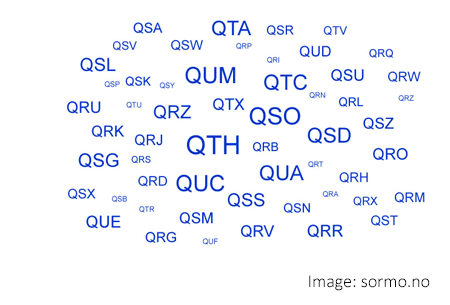 An efficiently running CW net is a lovely thing to experience. Communication between stations is quick and concise, and the net business is conducted with minimal time wasted.
An efficiently running CW net is a lovely thing to experience. Communication between stations is quick and concise, and the net business is conducted with minimal time wasted.
As CW operators, we have many techniques to communicate quickly and efficiently. And if we know and use these techniques, we can often match or exceed the speed and accuracy of voice communication.
One of our most important tools is the set of Q Signals (or Q Codes), and so with this edition of NZ Net News, I will be working through the “essential” list of these signals, in alphabetical order.
You might be thinking: “I can’t remember all those signals!”. To this I would reply, that it’s important to make an effort to learn them – and the easiest way to learn them is to use them. 🙂
There will be some Q Signals that we rarely encounter, so that’s where a list kept near the radio can be helpful. I have prepared a 3-page list of what I consider the “essential” Q Signals, that you can easily save and print.
» Download the Essential Q Signals
QNA
The first of our signals is one that you won’t hear on NZ Net, but you may hear it on other nets – and it’s really important!
When Net Control opens a net and tells everyone QNA, it means “Answer in pre-arranged order.”
This is typically because the net is part of a larger network, and there will be representatives of other nets checking in to send/receive traffic. It helps NCS to keep the traffic list organised if stations always call in the same order.
Such nets usually accept general check-ins as well, but you just need to wait until all the pre-arranged stations have checked-in, after which NCS will invite other stations to call.
Advertising archive
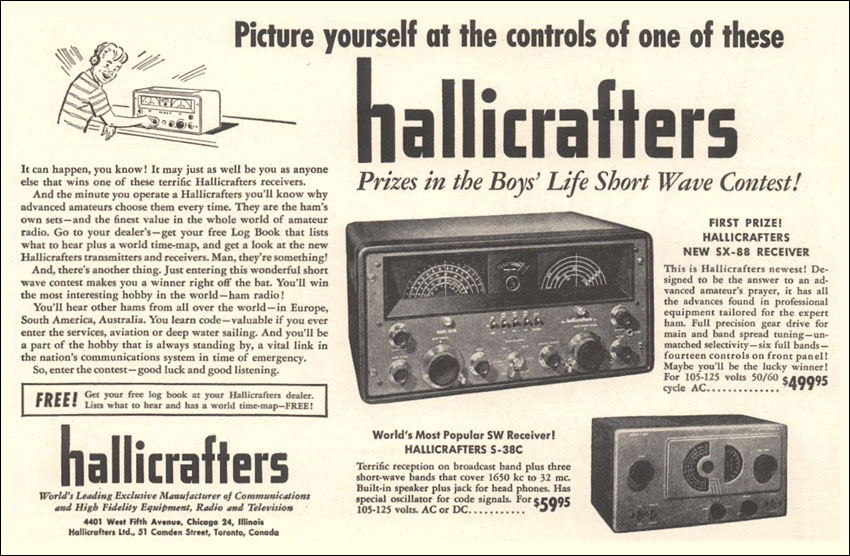
c1954
Wow, what a prize this would have been for a lucky lad! The SX-88 was one of Hallicrafters’ best receivers. Look at the price in US dollars! It was introduced in 1954 but discontinued the following year.
Suggestions?
If you have suggestions on how to make the NZ Net better, or things you’d like to see covered in these updates, please contact ZL1NZ. You might even like to write something for the newsletter.
Thanks for reading, and I hope to hear you soon on the NZ Net!
—
Neil Sanderson ZL1NZ, Net Manager
New Zealand Net (NZ NET)
7030 kHz at 9pm NZT Daily


